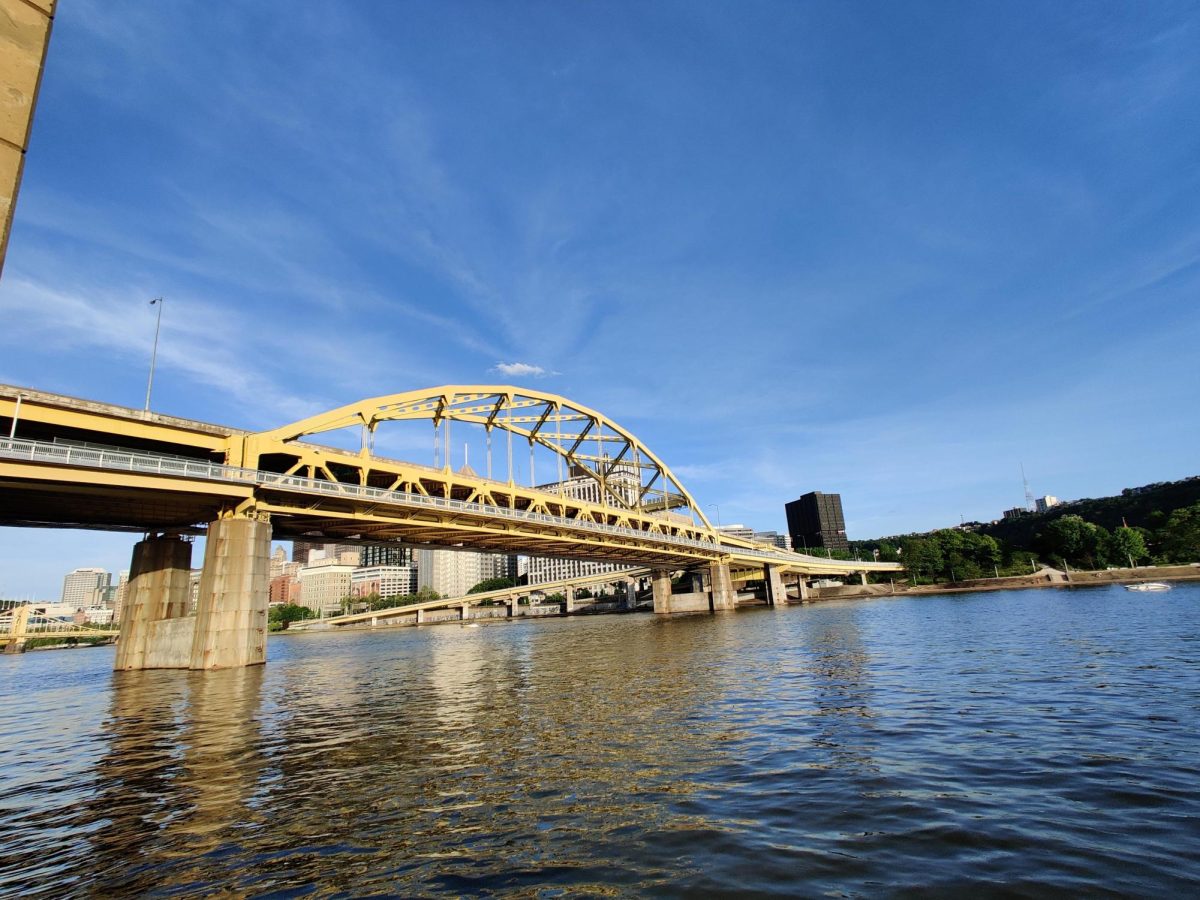While Pittsburgh has already had to deal with a bridge collapse of its own, with the Fern Hollow bridge falling 100 feet into a ravine in January 2022, the conversation around bridge safety has been revived in the rust belt due to the Francis Scott Key Bridge tragedy in Baltimore.
Right from the beginning, two distinct differences arise between both collapses: one was caused by an external force hitting a support pillar, and the other was caused by years of neglect and lack of maintenance. Not all bridges in Pittsburgh are as badly maintained as the Fern Hollow bridge, but the possibility of neglect making a potential tragedy even worse is not out of the question.
If you happen to watch any of the three rivers for an extended amount of time, you will notice a lot of huge boats traveling at a slow pace across the water. According to the U.S Army Corps of Engineers, Pittsburgh is home to “the fifth busiest inland port in the nation,” which sees about 15.5 million tons of cargo hauled through the three rivers each year, based on data from 2020. The same data states that “each lock on the Monongahela and the Ohio rivers handles approximately 9,000 barges per year.” This is important to note, as a cargo ship is what was responsible for the Francis Scott Key Bridge collapse.
However, the bridge that was destroyed in Baltimore is far different than any of the bridges that cross the three rivers.
For instance, the Francis Scott Key Bridge is known as a “continuous truss bridge,” which does not use hinges or joints. To stay standing, these types of bridges cannot have the truss – which is the top part of the bridge that can look like a steel cage – cut at any point, or else the structural stability is diminished. Whereas other bridges, in theory, can be designed to try and stay standing even with a structural support damaged or cut. The only bridge in Pittsburgh with this design is the Sewickley Bridge. Most if not all the bridges along the rivers are either suspension bridges or other kinds of truss bridges – not a continuous truss design.
Does this mean that our bridges are safe from collapse if hit by a large vessel?
While this is not something one could predict easily, most of our bridges do have designs that have a low risk of sustaining severe damage by a ship. This is thanks to two factors: either the bridge has so few piers that support it in the water that hitting one would be difficult, or the piers are so large that they would be more likely to cause damage to a ship than the bridge itself.
However, the possibility of a ship causing a collapse here is not zero percent.
Even if a small bridge that happens to go across any of the rivers were to be struck, that would still be a tragedy. What happened in Baltimore is awful and, so far, does not appear to be anybody’s fault. The consensus so far is that a mechanical failure on the boat is believed to have caused the vessel to veer into a support pier of the Francis Scott Key Bridge.
More than anything, this serves as a lesson to never ignore warnings of an important piece of infrastructure or mode of transport needing maintenance. Whether that is bridges or cargo ships, ignoring problems will only allow tragedies that caused both bridge collapses to continue happening. For now, we can rest easy knowing that what happened in Baltimore has such a low chance of happening here that it should not be an imediate concern. Instead, we should focus on supporting another rust belt city however possible as they work through rebuilding and recovery efforts.
Perhaps we should thank those that designed our bridges. The continuous truss design is not new, but modern bridges use this design more than others.




